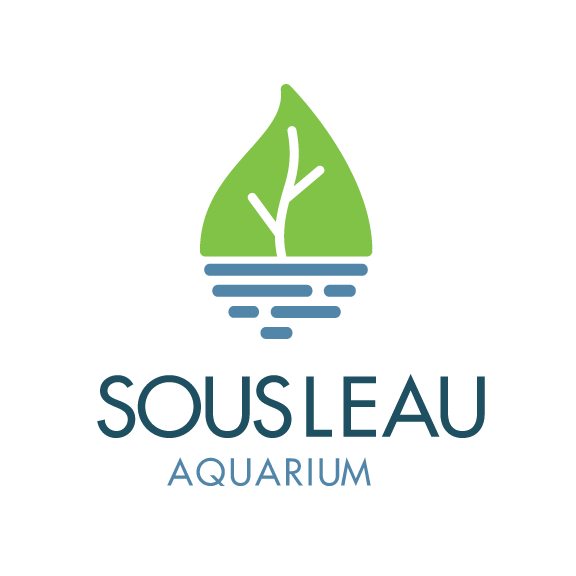One of the first plants that I was introduced to as a beginner Aquarist were the epiphyte species of Anubias and Bucephalandra.
While both tend to be similar in characteristics; in my experience Bucephalandra is a hardier plant that can be found in varying color and sizes and they have always been my go-to epiphyte for creating accent or foreground designs within varying styles of aquascapes. In order to be successful not just with this plant but with all plants in the hobby we must understand the different factors which influence the overall growth and color of each species.
Next part may come as a surprise to some of you
Did you know that the Bucephalandra plant is not a fully aquatic plant? Rather these plants are found on the banks and rocks of rivers on the island of Borneo.
With a little bit of patience these plants can and will thrive in a fully submersed state. Bucephalandra Is a slow growing plant at the best of times. What makes this plant suitable for beginner Aquarists is the ability to thrive in conditions where most other plants cant or simply will not. They will happily accept and appreciate the benefit of a CO2 injected aquarium however The effects will be minimal and may go unnoticed by most. Dimly lit shaded areas in low-flowing corners of an aquarium is where most species of this plant tend to do their best. Like most plants in an aquarium we learn the most about its overall health by observation. Due to the slow growing nature of Bucephalandra It tends to be less forgiving when it reaches a critical state of deficiency.
To avoid reaching this state we must pay careful attention to the overall color of the leaves. a yellowing of the leaves will indicate the beginning of a nutrient deficiency. Small holes in the leaves also referred to as pinning indicates a deficiency in potassium. Using the E.I (estimated index) dosing method we can ensure that the aquarium is constantly being flooded with the correct amount of nutrients that this plant requires to avoid what is known as bottoming out.
Whether you are an experienced Aquarist or a novice rest assured that these plants are highly adaptable and resilient at worst. At their best expect beautiful green, blue and red coloration. These are just a few of the reasons which have made Bucephalandra my go to plant for my home aquarium
Source: Write by Jonathan Podzyhun for Sousleau aquarium.
